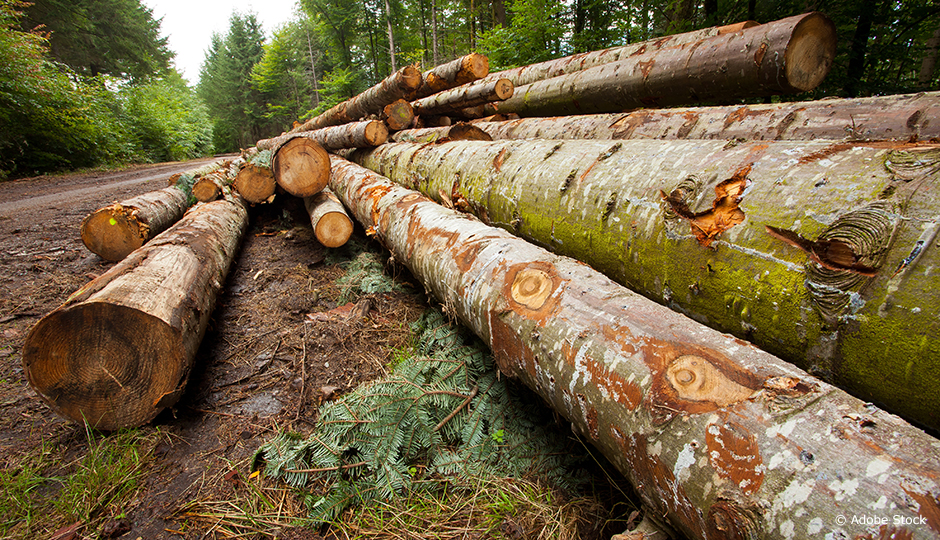While indigenous communities often have a different vision of natural resource management than the Québec government or the forest industry, many forestry projects are carried out in their territories. Are their knowledge and wishes being integrated into the policy decisions pertaining to the management of these resources?
Are the knowledge and wishes of indigenous communities being integrated into the policy decisions?
Sara Teitelbaum carried out a literature review and conducted 25 semi-structured interviews with the Waswanipi Cree in 2015 and 2017 in an effort to better understand the impact of government policies and practices on the integration of indigenous knowledge in forest planning and management.
First of all, an analysis of Québec government laws, policies and regulations in force between 1960 and 2015 showed the progressive integration of the rights of indigenous communities into the legal framework. From a legal standpoint, these rights are now far more enshrined in law than they were before the 2000s.
However, more work needs to be done to bring about greater involvement of indigenous communities in decision-making. Consultation mechanisms are more developed from an operational standpoint—such as in annual planning—than from a strategic standpoint—such as choosing the harvest volume of a forest management unit. The real decision-making power, when establishing a forest management plan, remains largely in the hands of the Québec government.
The results of this work were the subject of a scientific article published in the journal Recherches sociographiques and will also be included in a chapter of a collective work co-written with a Cree collaborator from Waswanipi. They are useful for both the government and the Cree, as they accurately and objectively document a situation in which each party has crucial interests at stake.




